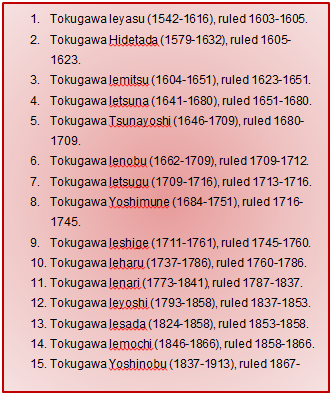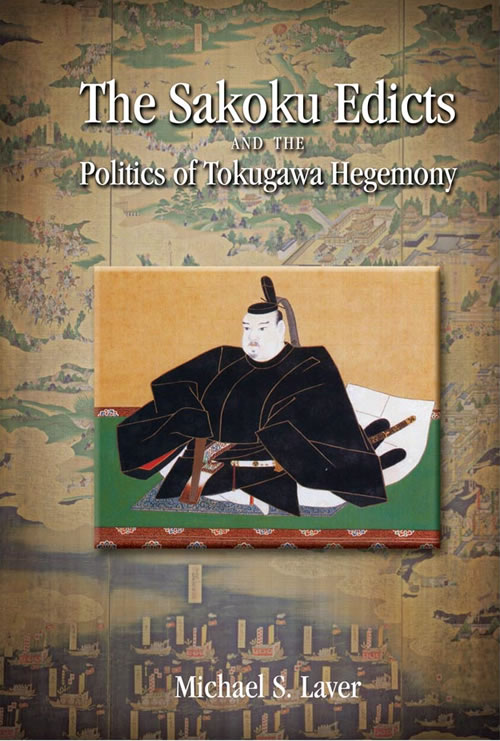We were immediately struck by the work put into this road. You could clearly see the side channels for the water run-off:

But we were surprised to see the surface texture of the road:

We thought about walking on the weathered stones of Roman roads around the Mediterranean where all of the joints are carefully linked for a smooth surface. The surfaces were so well connected you could still see the cart wheel grooves warn into this surface after so many years of travel.
We were surprised to see how the road basically went straight up the slope at a very steep gradient with no switchbacks:

The whole hike we kept wondering about the engineering of this road. Our first thought was that the surface was weathered and therefore was rough, but how would that explain the sharp stones with no flat edges on most of the surface? How on earth could a carriage go up and down this road?
Considering that this was a main thoroughfare we found the surface extremely challenging to walk on increased by the slippery surfaces due to the rain. It actually felt quite hazardous. How could crowds of people travel over this road?
Upon our return from the hike I did some research about the era during which this road was built and I learned some amazing things about the impact of one man... again. Enter Tokugawa Ieyasu one of the greatest Shoguns in Japanese history. At the beginning of the 17th century he was able to unite the entire Japanese islands under one leader (himself) after hundreds of years of bitter civil war. He was the subject of James Clavell`s book Shogun. His unification of Japan brought on one of the Edo period which was one of relative peace, tremendous cultural growth and is still seen by many as the peak of Japanese history.

What was fascinating was to read how he maintained the military superiority to keep Japan united. He mandated a huge series of edicts that prescribed everything from dress, to class, to transportation for all Japanese.
One of the things he mandated was to ban the wheel!!! There used to be carts in Japan but they were banished.

Seen from a defensive perspective this ensured that more people were kept busy at work and that it was much harder to travel; good for the stability of the empire. This is one of the reason the Japanese were so surprised by trains/cars/wagons etc. in the 1800s. There were no wheeled vehicles in Japan at that time!
He also built roads that were steep and difficult to walk on... to DECREASE the amount of travel. Too many people travelling meant too much risk of attack.
Read more of the background about these amazing edicts here. We kept thinking about how these edicts changed that society and what impact they had right up to today as we seek to understand the Japanese culture. Wow!
The Tokugawa era:

One of my next reads:

This is an incredible -- and hugely relevant -- insight, Dan! Thanks for sharing this, too.
ReplyDelete